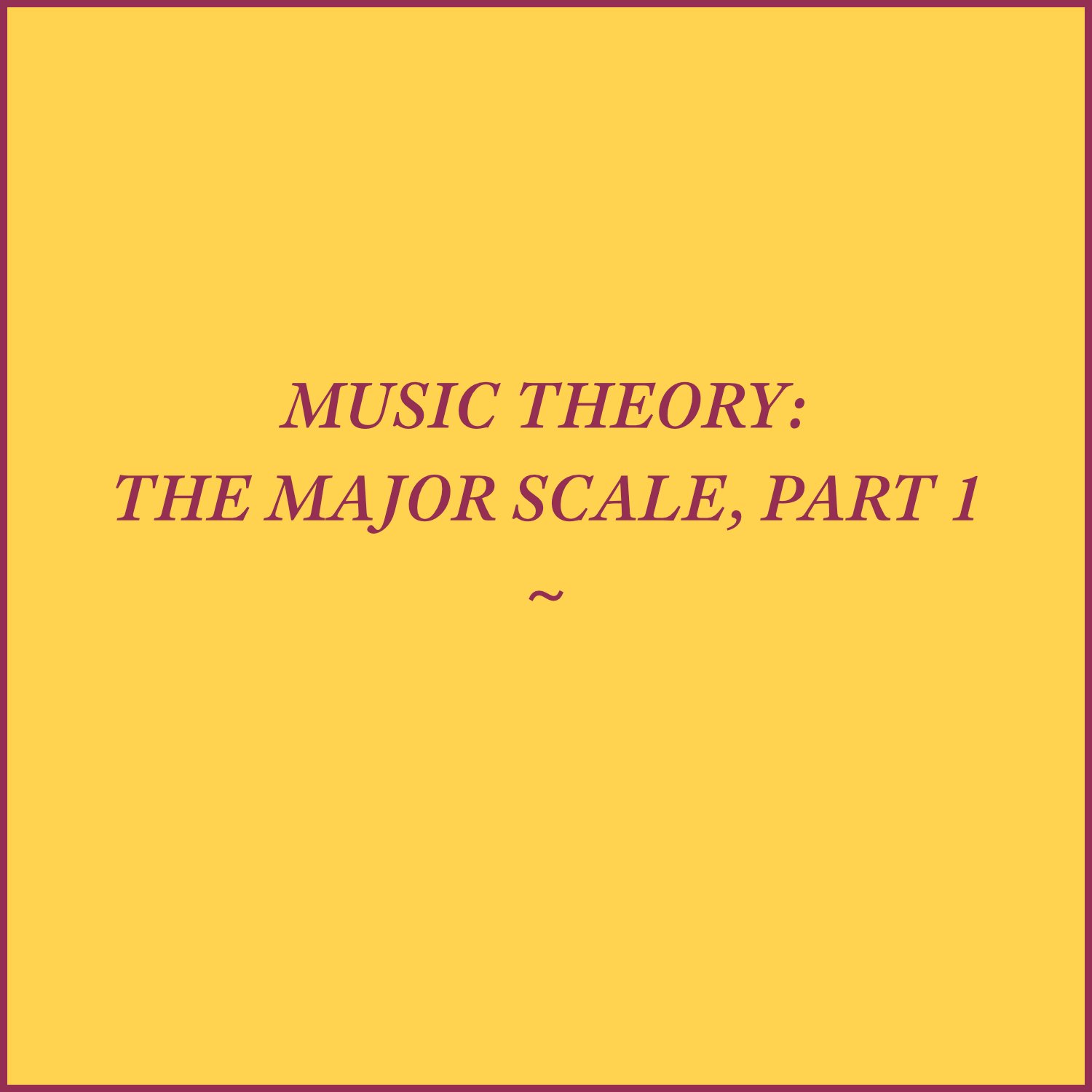What is a Scale?
A scale is a pattern of notes that create a certain feeling and atmosphere. Most music, songs and melodies are built from the notes of a scale. In Western music, we use the Major and Minor scales to compose and create music; in jazz music, modes are also common.
The C Major Scale
In Western music, the first scale you will usually learn is C major! When played on the Piano, C major is all the white keys played one after the other from C - C. It sounds complete, bright and like anything is possible.
C D E F G A B C
All major scales are built on a pattern of Semitone and Tone intervals.
A semitone is the smallest distance between two notes. Therefore C to C# is a semitone, D to D# is a semitone E to F is a semitone as these are the notes that live next door to each other.
A tone or whole tone is created from 2 semitones.
For example, C - D is a tone as you have to step C to C# - 1 semitone, then C# to D - 2nd semitone. Another tone is E - F# or G - A.
The major scale is made up of Semitones and Tones. If we take the C major scale and work out the pattern we get:
From this pattern, you can start on any note and work out a major scale. Let’s do a G major…
Why are scales important?
All songs are made from the notes of the major or minor scales and various modes.
As a singer, it's essential for us to learn the major and minor scales and train ourselves to hear them by ear. This allows us the freedom to improvise, harmonise and compose songs. As a guitarist or pianist, it supports us to learn our instrument, playing songs more efficiently, and improvise and transpose melodies and songs very fast.
Intervals
From the scales above, you can see that I have written numbers under the scale. These are called the degrees of the scale. Intervals are when one note is played say C, and then the next G. C to G would be a 5th; intervals create the mood and feeling in music.
Below are great warm-ups for you to practice in the major scale…
The Practice
Single note Toning on numbers - be conscious of the vowel you are holding
Building the scale - 1 2 1, 1 2 3 2 1, 1 2 3 4 3 2 1… etc.
Sing scale on ah - getting faster and faster
Call and Response - small melodies on 1 2 3 4
When singing the numbers beware that each number has a vowel or diphthong that you want to stay on when holding notes…
1 - ah
2 - oo
3 - ee
4 - or
5 - i
6 - ie
7 - eh/er
8 - aye
Choose the correct scale for yourself. The one that feels comfortable for most of the range.
NOTE: When you are practising the exercises in the recordings, make sure to listen closely to what your body tells you. Always sing with kindness and a gentle, passionate heart. Be aware if muscles are overactive and begin to slowly soften them so that a feeling of flow can be present, allowing the natural voice to be as it is.
BOOKINGS
Term 3 is quickly coming to a close and I am fully booked for the next three weeks.
Holidays: Friday, 16th September - Sunday, 9th October
Bookings are OPEN for Term 4: 10th October - 16th December 2022
In Love and Song,
The Sound Weaver




